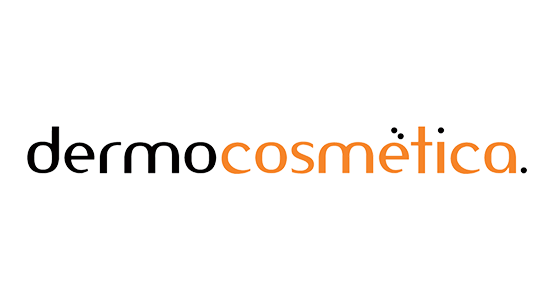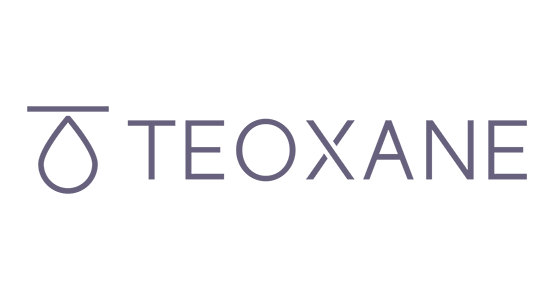Hamilton Skin Clinic Treatment stats
Treatment Time
Each session typically lasts between 30 to 45 minutes, depending on the area being treated and the method used.
Recovery Time
Minimal downtime is expected. Patients can usually return to their daily activities immediately, with minor redness or swelling subsiding within a few hours.
Recommendation
For optimal results, treatments may be repeated every 6 to 12 months, depending on the method and individual response to the treatment.
Results
Noticeable reduction in sweating is often seen within a few days to a week after treatment, with effects lasting several months.
Effectiveness
High effectiveness in significantly reducing excessive sweating, with most patients experiencing a marked improvement in their condition and quality of life.
Hyperhidrosis: Excessive Sweating Treatment
Sweating is a natural process, but for some, it becomes excessive and disruptive, impacting daily life. This condition, known as hyperhidrosis, can cause annoyance, embarrassment, and sometimes social anxiety.
Despite how significant and distressing the impacts of hyperhidrosis can be, patients are often hesitant to seek treatment and usually struggle with their excessive sweating for years before making it know to a medical professional. Studies show a lack of awareness regarding the effective treatments which are available. In some cases there is stigma and embarrassment about seeking treatment.
At Hamilton Skin Clinic, we have hyperhidrosis experts who can diagnose the condition and recommend the best course of treatment.
When Sweating Becomes Excessive
Sweating is necessary for temperature regulation, but with hyperhidrosis, it becomes uncontrollable. Common signs include
Excessive underarm sweat
axillary hyperhidrosis
Slippery, sweaty palms
palmar hyperhidrosis
Clammy feet
plantar hyperhidrosis
Facial sweating
craniofacial hyperhidrosis
Primary vs. Secondary Hyperhidrosis
There are two main types of hyperhidrosis
Primary Hyperhidrosis
This is the most common form, often genetic and not caused by an underlying medical condition. It typically affects hands, feet, or underarms.
Secondary Hyperhidrosis
This less common type arises from another medical condition, medication, or hormonal changes. It can affect larger areas of the body.
What Our Clients Say
Finding Relief
If you suspect hyperhidrosis, consulting a dermatologist, or an experienced cosmetic doctor or nurse is crucial. At Hamilton Skin Clinic, we have hyperhidrosis experts who can diagnose the condition and recommend the best course of treatment. Here are some potential options:
- Prescription-strength antiperspirants
- Iontophoresis therapy
- Neuromodulator injections
- Medications (in some cases)
How Injections Work for Hyperhidrosis
Botulinum toxin neuromodulators work by temporarily blocking the nerve signals that stimulate sweat glands. Here’s the process
1. Consultation
A medical professional will assess your hyperhidrosis, discuss your medical history, and determine if botulinum toxin is a suitable option.
2. Preparation
The injection area is typically cleaned and numbed with a topical anesthetic cream to minimise discomfort.
3. Injection
Using a very fine needle, we inject tiny amounts of the medicine into specific points in the targeted area (e.g., underarms, palms).
4. Recovery
After the injection, you can resume most activities right away.
Additional Considerations
Results
Studies show you can significantly reduce sweating by 82–87% in the treated areas
Duration
The effects typically last 3-6 months. Repeat injections are needed to maintain reduced sweating.
Side Effects
In some cases, temporary side effects like minor bruising, swelling, or temporary muscle weakness at the injection site can occur. However, these are usually mild and resolve quickly.










